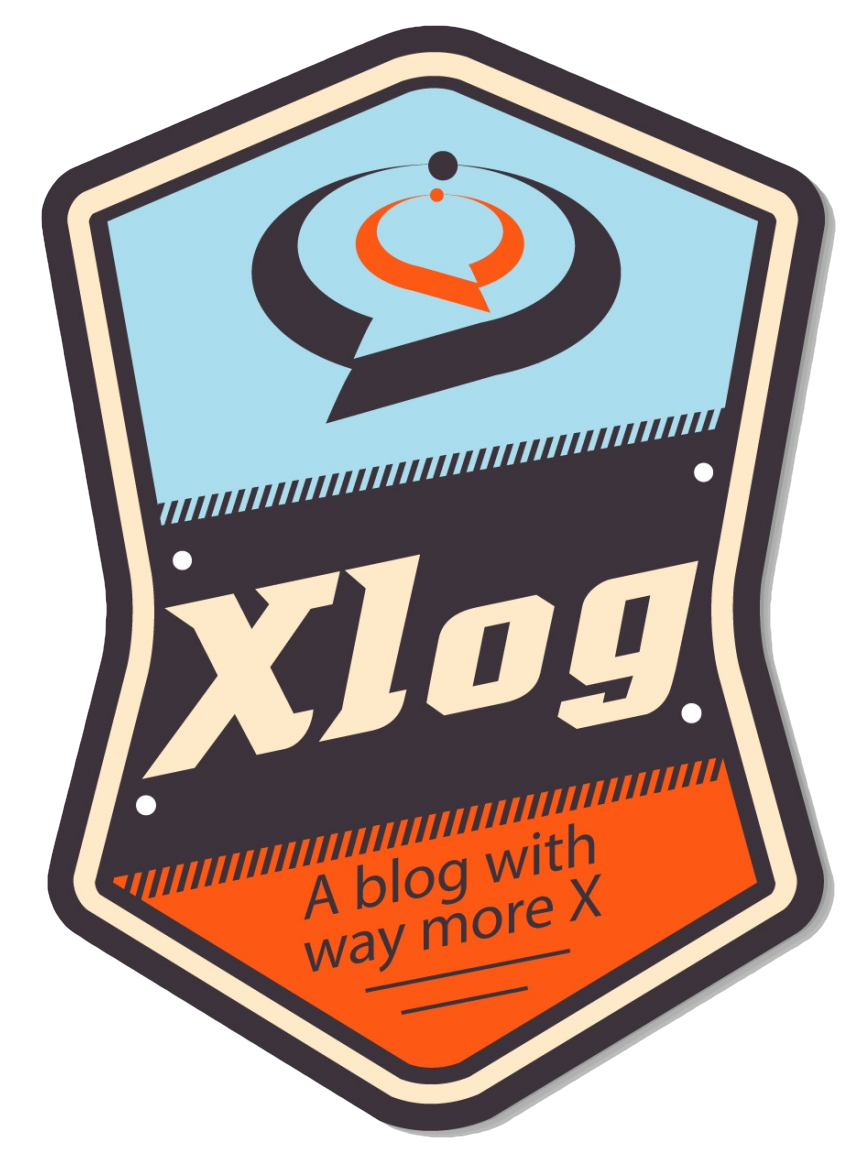Apple Stokes a Digital Music Standards War
Apple Stokes a Digital Music Standards War
The accord marks a fundamental change in the digital music landscape, a feat Apple is pulling off with increasing regularity of late. If I were an employee of Microsoft and involved with its confusing digital-music efforts, built around its highly DRM-protected WMA format, I’d be sweating right now.
But one of the truly remarkable aspects of the pact is how Apple is pulling it off. Having floated the rhetorical trial balloon for selling unprotected music files via iTunes in his landmark essay “Thoughts on Music,” Apple Chief Executive Steve Jobs in hindsight appears to have been deliberately ambiguous about the file format he preferred. It’s now clear why. He didn’t mean selling unprotected MP3s, but unprotected AAC songs. The decision will have important long-term effects, especially as more labels follow EMI’s lead.
Using AAC is brilliant for several reasons. First, for Apple, whose stated market aim is to do everything in its power to sell more of its highly profitable iPods (and beginning in June, presumably profitable iPhones), the choice of AAC means more non-Apple devices will be able to play songs purchased on iTunes.
Before the EMI deal announcement, the AAC-formatted songs sold on iTunes were encoded in Apple’s DRM technology called FairPlay (see BusinessWeek.com, 10/25/06, “Apple, Tear Down This Wall”). When FairPlay is no longer an obstacle, other players that support AAC can give their owners a ticket to the iTunes party.
Page

